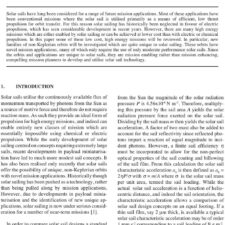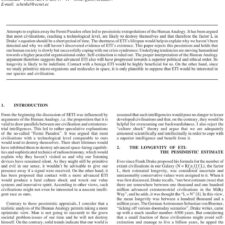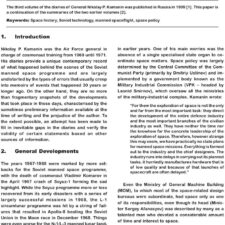Flight of the Falcons – The 18 Day Space Marathon of Soyuz 9
£5.00
D.J. Shayler (2001), JBIS, 54, 27-46
Refcode: 2001.54.27
Abstract:
At the start of a new century the main focus of global human exploration of space is the creation of the International Space Station (ISS) leading eventually to a return to the Moon and the first human expeditions to Mars. The ISS will build upon the experience gained from three decades of Soviet/Russian space station operations during the Salyut and Mir programmes. During the period 1971-2000 six Salyut and one Mir scientific research stations were inhabited by a succession of cosmonauts extending the human space endurance limit from three weeks to over 14 months. During Mir operations cosmonauts achieved a continual human presence in space for almost 10 years. It is hard to imagine today, when extended duration spaceflights of several months have become almost routine what unknown medical hurdles faced the planners of the very first space station missions. This paper looks back 30 years to the then record braking 18-day solo spaceflight of Soyuz 9, the last, and longest mission in Earth orbit prior to the space station era.





